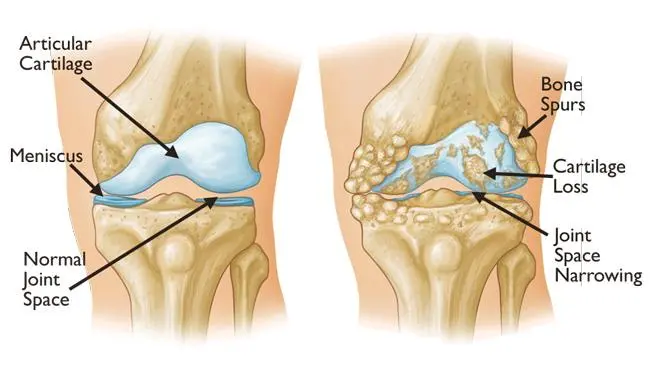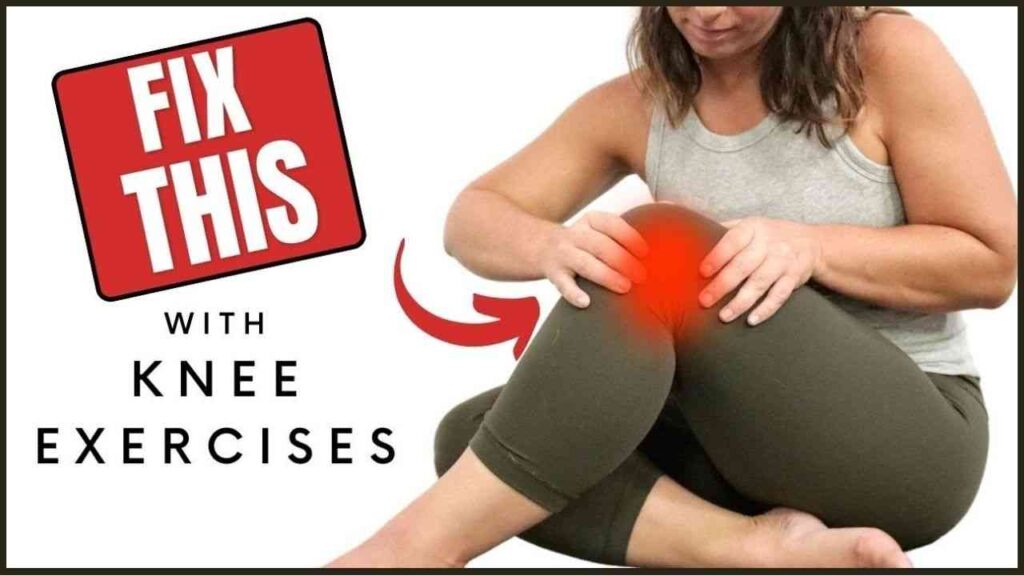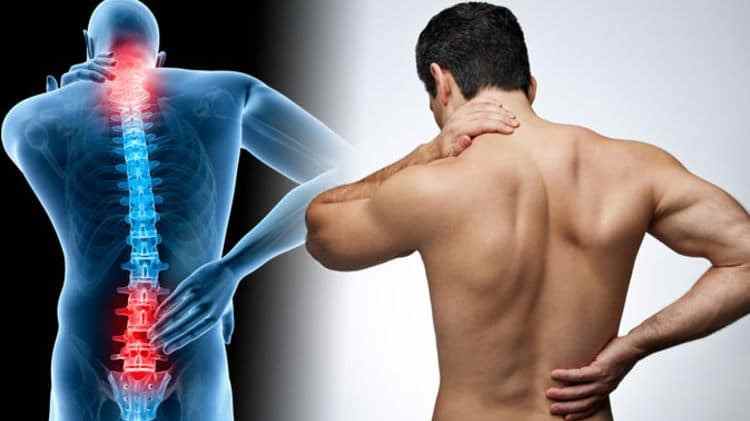In this article, we will deeply drive into the 5 effective physiotherapy exercises for knee osteoarthritis. Before delving into the exercise regimen, let’s know about the scenes of Osteoarthritis. Osteoarthritis or OA knee is a degenerative joint condition caused by the rear and tear of cartilage which lies over your bony ends and acts as a cushion during movement to reduce friction.
This breakdown of cartilage conditions can lead to pain, swelling, stiffness and decreased joint mobility overall impacting the quality of life and improving well-being. Now let’s go and gather some information about osteoarthritis, how common it is, who is affected by this condition and the 5 best effective physiotherapy exercises for knee osteoarthritis.
Table of Contents
ToggleWhat is osteoarthritis of the knee?
Osteoarthritis of the knee is a degenerative disease in which the protective cartilage on the bony end of your bones wears down and tears over time. Due to the degeneration of the bony end cartilage leads to increased friction or rubbing against each other, causing pain, swelling, and reduced normal joint range of motion.

How common is osteoarthritis of the knee?
Nowadays knee osteoarthritis is one of the most common types of degenerative disease. According to the Centres for Disease Control and Prevention (CDC), it affects approximately 13% of women and 10% of men aged 60 and older. Osteoarthritis is a leading cause of disability among the elderly.
How Does Osteoarthritis in the Knee Affect Your Body?
Osteoarthritis in the knee affects your body by:
- Reducing Mobility: Pain and stiffness can limit your ability to move and perform daily activities.
- Causing Pain: Discomfort can range from mild to severe, affecting your quality of life.
- Swelling: Inflammation can lead to visible swelling around the knee.
- Joint Deformity: Over time, osteoarthritis can lead to changes in the shape of the joint.
Cause of Knee Osteoarthritis
The exact cause of knee osteoarthritis is not known, but several factors contribute to its development:
- Age: Wear and tear over time.
- Genetics: Family history of OA.
- Joint Injury: Trauma or repetitive use injuries.
- Obesity: Increased stress on the knee joint.
- Metabolic Diseases: Conditions like diabetes.
Symptoms of Knee Osteoarthritis
Common symptoms of knee osteoarthritis include:
- Pain: Especially after activity or at the end of the day.
- Stiffness: Particularly after periods of inactivity.
- Swelling: Around the knee joint.
- Reduced Range of Motion: Difficulty in bending or straightening the knee.
- Grinding Sensation: Feeling or hearing a grating sound during movement.
5 Effective Physiotherapy Exercises For Knee Osteoarthritis
01. Quadriceps Strengthening
#01 Physiotherapy Exercises For Knee Osteoarthritis
Exercise: Static Quadriceps
How to Do Static Quadriceps Exercise:
- Sit with your legs straight out in front of you.
- Place a rolled towel under one knee.
- Tighten your quadriceps muscle by pressing the back of your knee down into the towel.
- Hold for 5-10 seconds, then relax.
- Repeat 10-15 times for each leg.
2. Hamstring Stretch
#02 Physiotherapy Exercises For Knee Osteoarthritis
Exercise: Seated Hamstring Stretch
How to Do Seated Hamstring Stretch:
- Sit on the edge of a chair, extending one leg straight out with the heel on the floor and toes pointing up.
- Keep the other foot flat on the floor.
- Slowly lean forward from your hips until you feel a gentle stretch at the back of the thigh.
- Hold for 20-30 seconds and switch legs.
- Repeat 2-3 times for each leg.q
3. Calf Stretch
#03 Physiotherapy Exercises For Knee Osteoarthritis
Exercise: Standing Calf Stretch
How to Do Standing Calf Stretch:
- Stand facing a wall with your hands on the wall at shoulder height.
- Step one foot back, keeping the heel on the ground and the knee straight.
- Bend the front knee slightly and lean forward until you feel a stretch in the back calf.
- Hold for 20-30 seconds, then switch legs.
- Repeat 2-3 times for each leg.
4. Glutes Strengthening
#04 Physiotherapy Exercises For Knee Osteoarthritis
Exercise: Bridging
How to Do Bridging:
- Lie on your back with your knees bent and feet flat on the floor, hip-width apart.
- Tighten your glutes and lift your hips off the floor until your body forms a straight line from your shoulders to your knees.
- Hold for 5 seconds, then slowly lower your hips back to the floor.
- Repeat 10-15 times.
5. Range of Motion
#05 Physiotherapy Exercises For Knee Osteoarthritis
Exercise: Heel Slides
How to Do Heel Slides:
- Lie on your back with both legs straight.
Slowly slide one heel towards your buttocks, bending the knee while keeping the foot on the floor. - Hold for a moment, then slide the heel back to the starting position.
- Repeat 10-15 times for each leg.
Exercises for Knee Osteoarthritis and Joint Pain
Summary:
These exercises are low-impact and can be easily incorporated into daily routines. Consistency, proper technique, and gradual progression are key to maximizing benefits. Always consult with a healthcare professional or physiotherapist to ensure the exercises are appropriate for your specific condition and needs. Regularly performing these exercises can help manage knee OA symptoms, enhance joint function, and improve quality of life.
Frequently Asked Questions (FAQ):
What is the best exercise for osteoarthritis of the knee?
The best exercise for osteoarthritis of the knee is quadriceps strengthening through activities like straight leg raises.
What exercises should I avoid with knee osteoarthritis?
If you have knee osteoarthritis, it’s important to avoid exercises that put excessive stress on your knees, exacerbate pain, or increase the risk of injury.
Is walking good for osteoarthritis in the knees?
Yes, walking can be beneficial for osteoarthritis in the knees. It is a low-impact exercise that helps maintain joint flexibility, improve circulation, strengthen the muscles around the knee, and promote overall health.
Is climbing stairs bad for osteoarthritis?
Climbing stairs can be challenging for individuals with knee osteoarthritis and might exacerbate symptoms in some cases.
How to regenerate knee cartilage naturally?
Regenerating knee cartilage naturally can be challenging since cartilage has limited ability to heal itself. However, there are ways to support joint health and potentially slow down cartilage degradation like Diet and Nutrition, Exercise and Physical Therapy, Weight Management and Supplements.


